
The Role of Dive Professionals
Certification Card
Conditions for Holding
Classroom Control
Gathering Information
Planning
Recruitment of Participants
Conducting Fun Dives①
Conducting Fun Dives②
Conducting Fun Dives③
Conducting Fun Dives④
Risk Management
Obligations and Responsibilities
|

|
■Orientation
Conduct an orientation for fun diving preparation, and announce the precautions to the participants.
Use the back side of the dive leader check sheet.
Speak loudly and clearly so that participants can hear you well, and stand tall.
Purchase plastic dive leader check sheets from STARS net Diver School member stores or STARS.
Also, use the 'participation application form' to confirm the members' physical condition in writing.
If the schedule for fun diving is two days or longer, participants will be asked to fill out an application form before the start of diving each day.
|

 Check daily. Check daily.
|
■Diving preparation
Diving facilities are used by many groups.
Use the baggage storage and parking lot in a way that does not inconvenience other groups.
When you reach the diving point, assess the conditions from a vantage point where you can see the entire planned diving course or training area.
Check the entire planned diving course or training area to ensure there are no boat routes or waves on the surface, and that surfacing or training can be done safely.
If the conditions at the planned diving course or training location are poor, cancel the dive and move to another location with better conditions.
At wind shifts, there may be calm conditions, but strong winds can occur after the wind direction changes.
Be aware of frontal passages and regional weather fluctuations.
Place lookouts on the shore and boats, and establish a monitoring system.
Avoid scuba diving or training in areas where there are activities such as boating, jet skiing, or fishing.
Use diving flags, etc., to keep boats and other vessels away.
Be sure to equip yourself with drifting prevention gear to ensure safety during surfacing and in case of emergencies.
To ensure the instructor can quickly address any issues the students may have, a surface float and descent line are set up at the descent point before entering.
To prevent trouble, do not set up the surface float and descent line after entering.
|

Manners are the basics of being a professional.
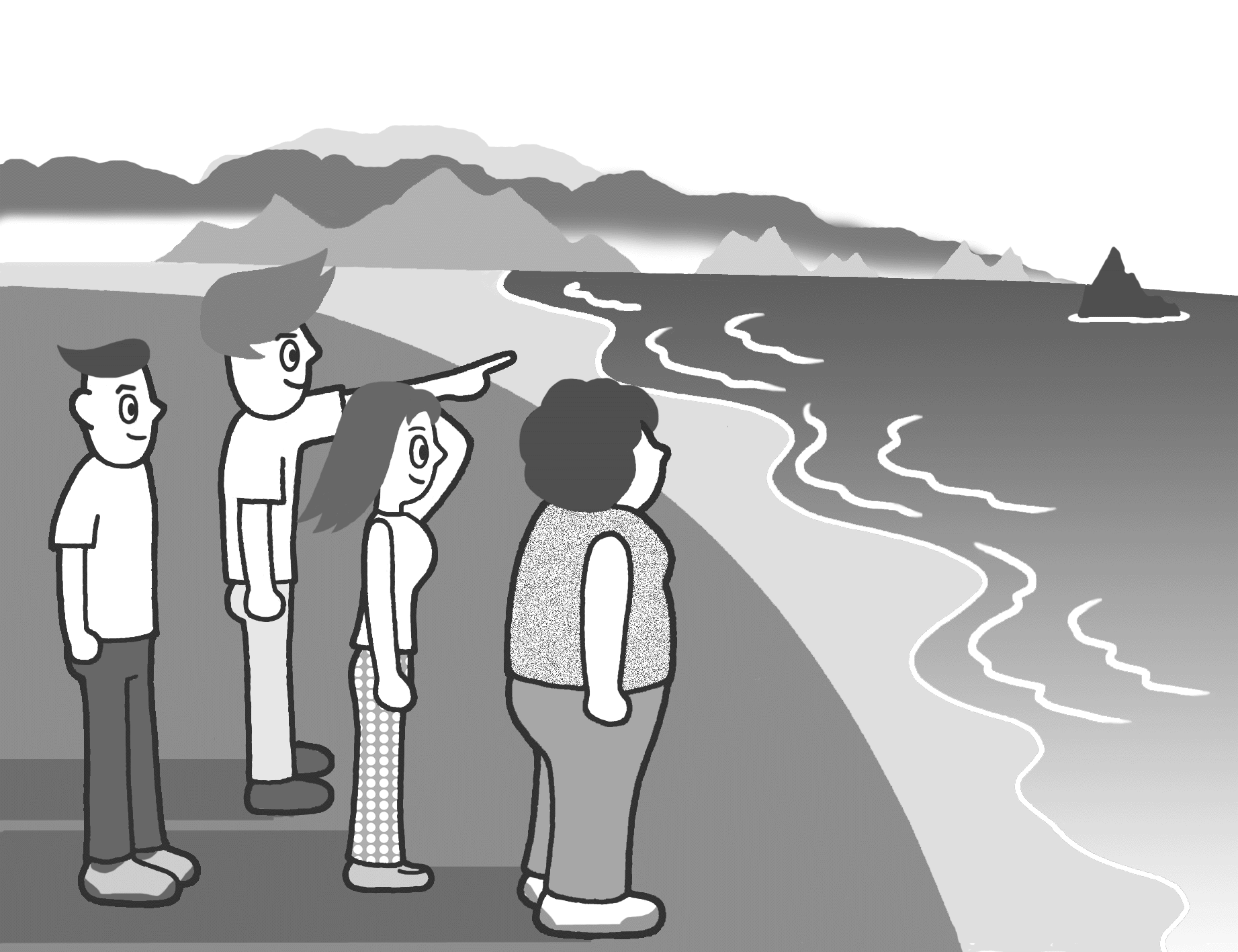
Check the surface of the dive course.
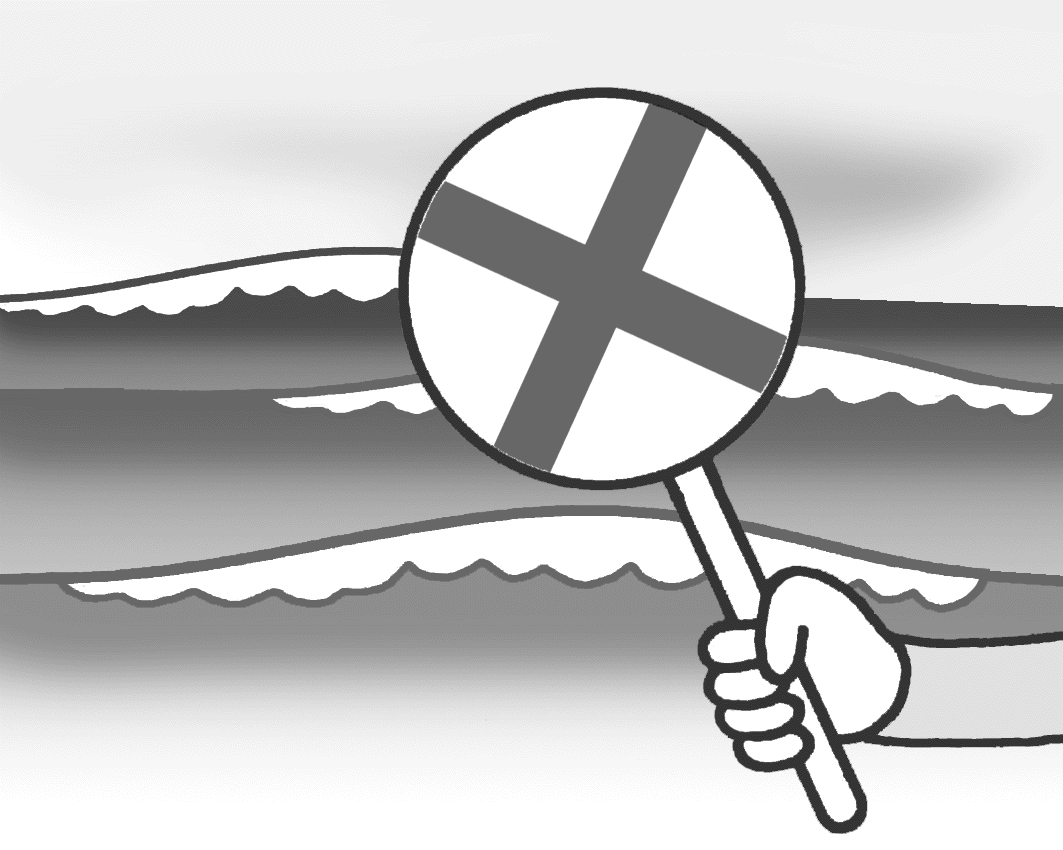
Cancel without hesitation.
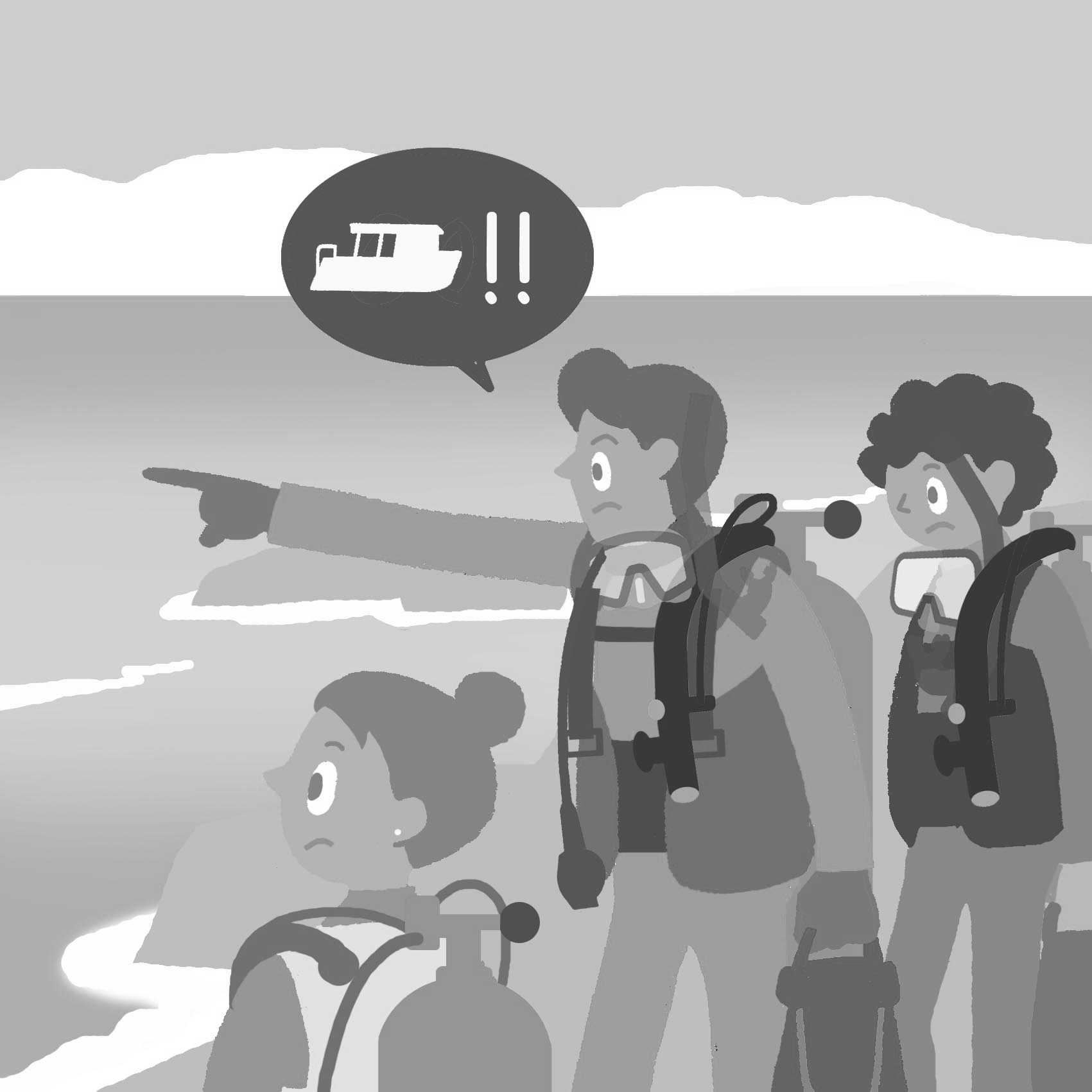
Watch out for approaching boats.

Make sure the diving flag is in a prominent location!!
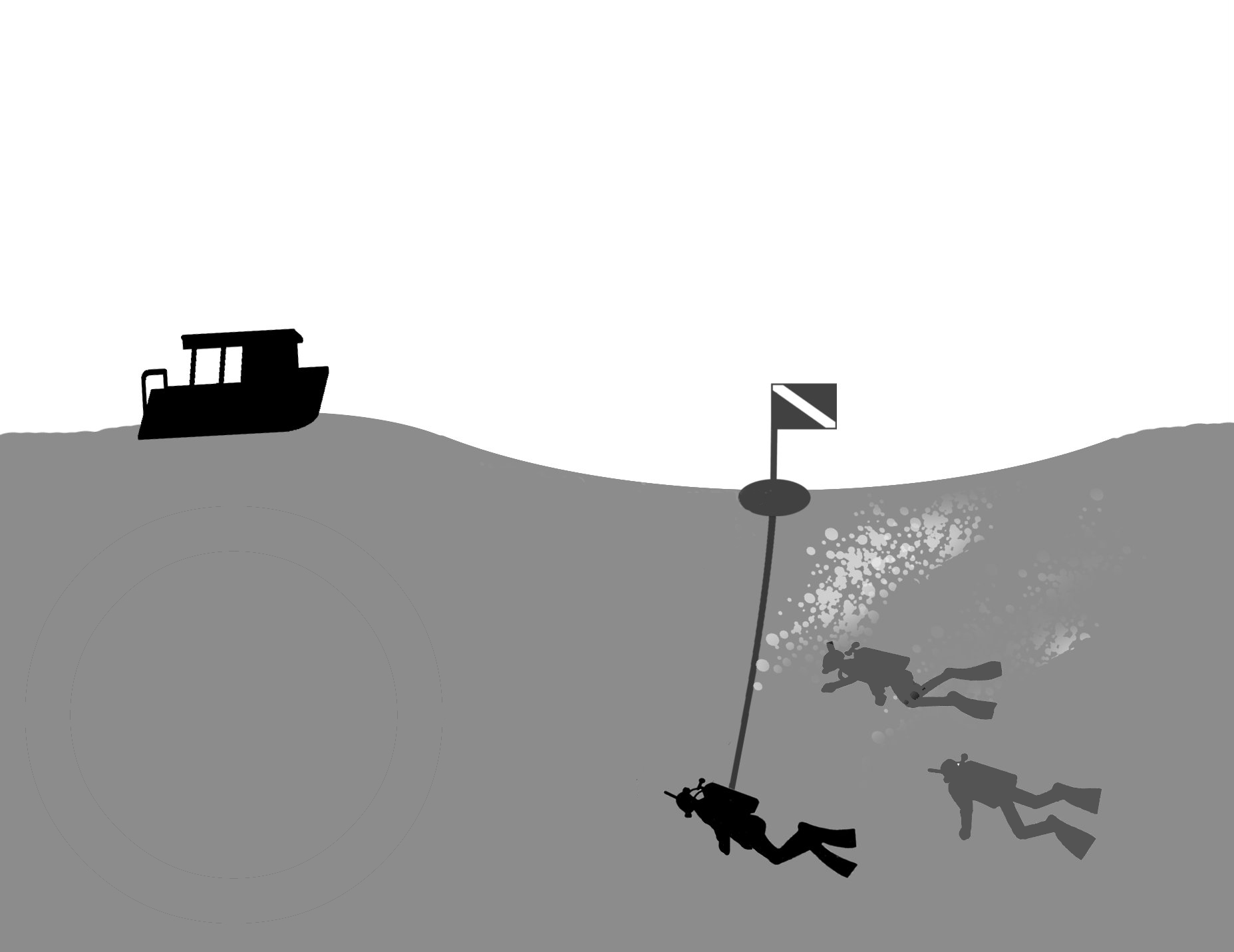
Use a surface float and prioritize safety.
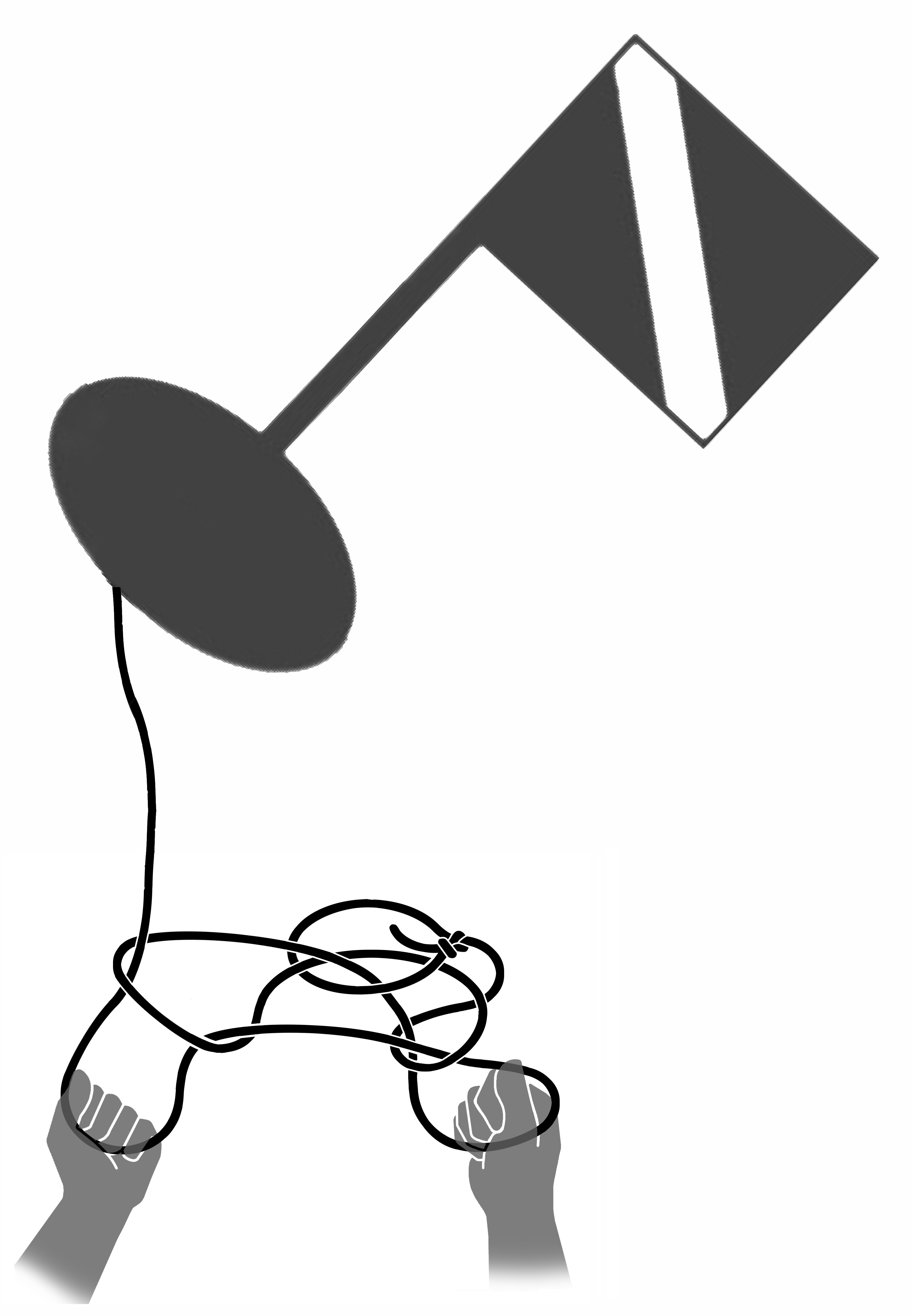
Prepare with a double chain.
↓
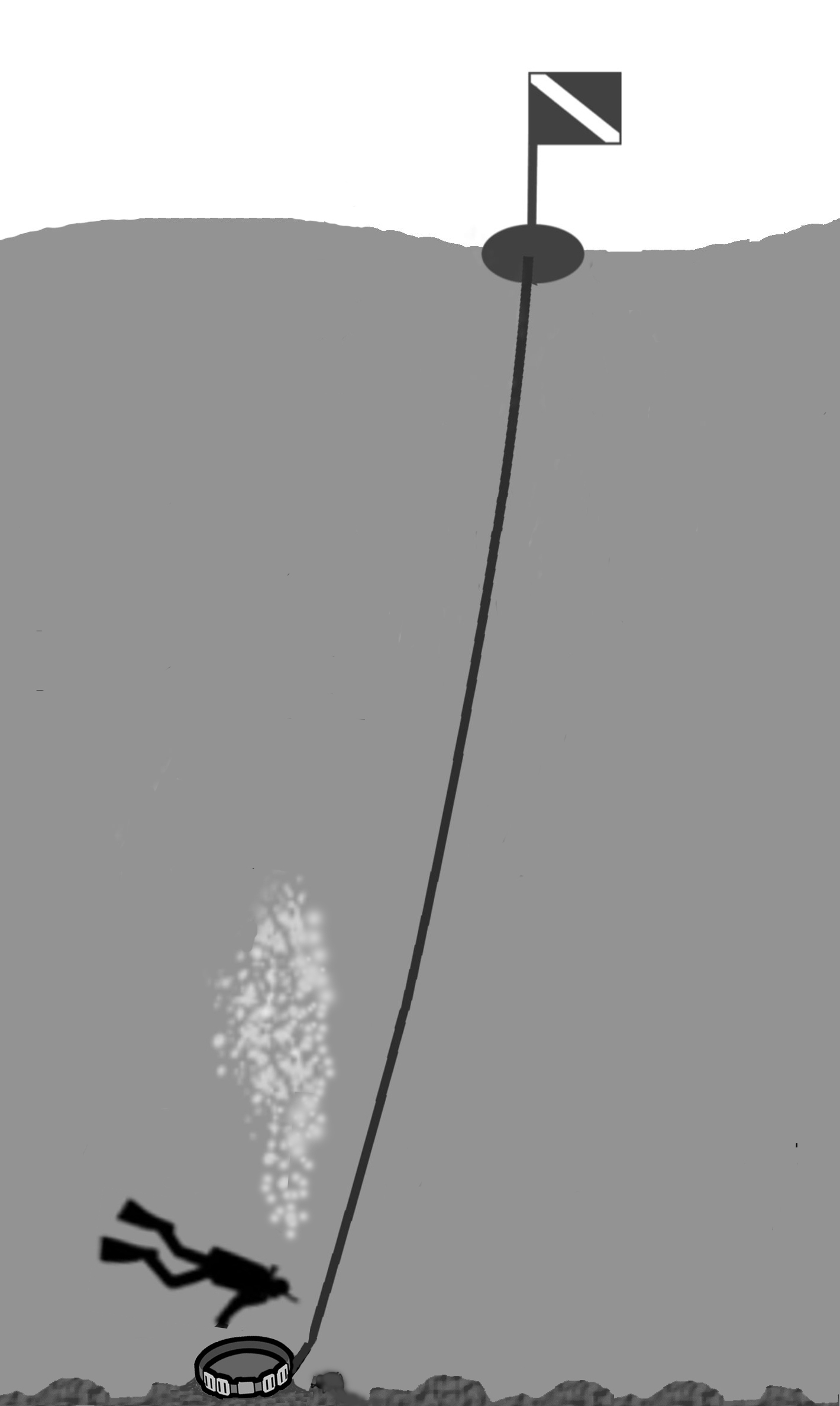
Place a surface float at the descent point before entering.
|
|
■Briefing (final check)
Use the front of the dive leader check sheet to determine the formation (Leader → Buddy 1 → Buddy 2 → Assistant).
Place participants who are likely to need the leader's assistance immediately behind Buddy 1, who is directly behind the leader.
Explain to all participants that during descent, they should wait for the buddy in front to reach the designated point (meeting place) and for the underwater instructor to signal the descent before descending.

Basic formation
|
|
|
  |
|

